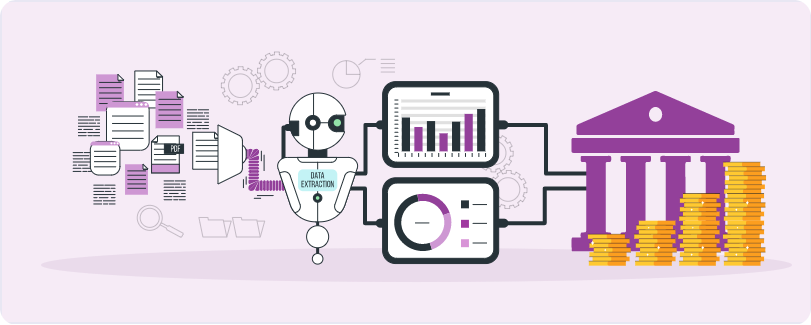After more than a decade of low interest rates, banks are now contending with high interest rates on loans and declining deposits given that customers are seeking higher-yielding alternatives. This trend is likely to continue well into this year and perhaps even the next. Fitch expects bank deposits in the USA to decline considerably through not just 2023 but also 2024.1 In fact, many affluent customers are pulling out their savings and investing in higher paying products, weary of banks’ meagre interest rates on checking and savings accounts. According to the Wall Street Journal, the Federal Reserve has been increasing rates for almost a year, and savings accounts only pays 0.33% interest rate.2 On the other hand, treasury notes, brokered certificates of deposit, and money-market funds pay between 4% to 5%. Wealthy customers are thus, moving their savings to higher paying products.
The market is witnessing a price war for deposits, and this is expected to accelerate further. Yet if banks are to maintain and grow their revenues, they must increase deposits. In a field already rife with competition and eroding customer loyalty, this poses a significant challenge for financial institutions. And for this they need to offer attractive rates.


